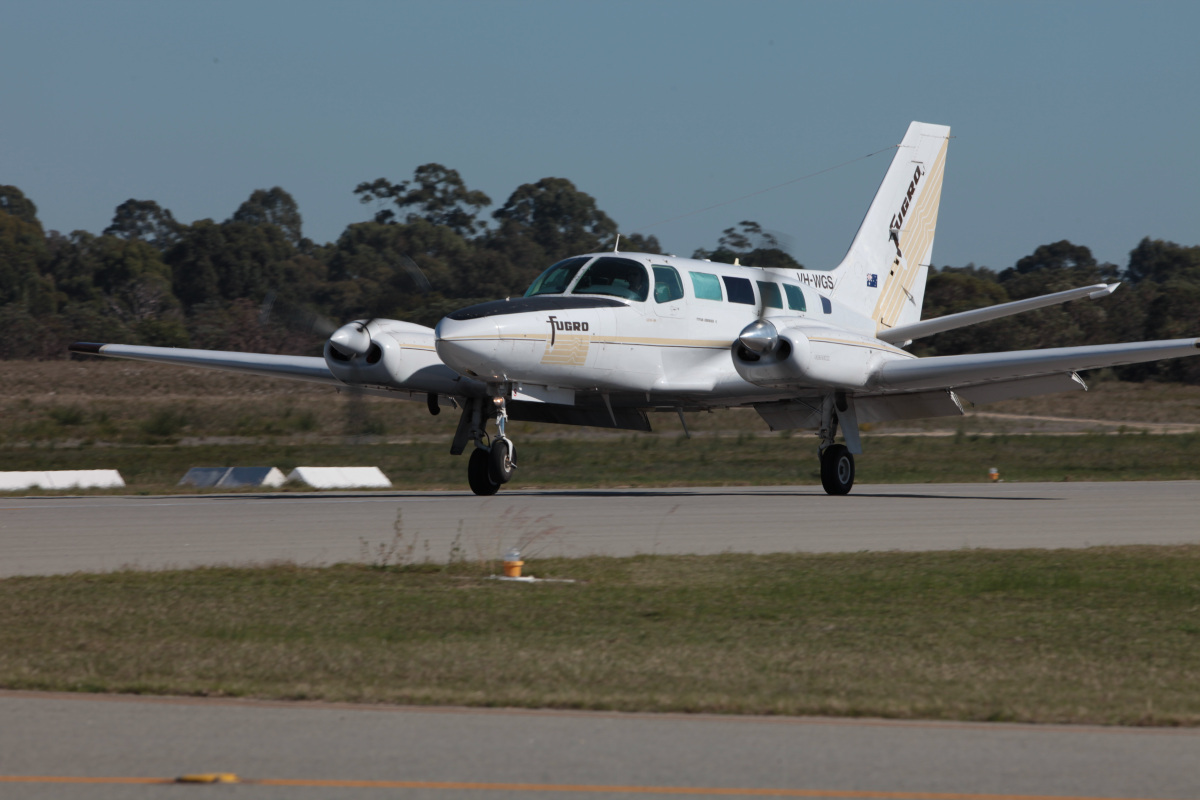Safety isn’t something that just happens – it’s something we do. When we look before crossing the road or complete a pre-take-off checklist, we are doing safety. A safety management system (SMS) is a way to make sure we do safety well.
The simple definition of SMS is an organised approach to managing safety. ‘Organised common sense’ is an often-quoted informal definition. This is good news if you operate in aviation and have some common sense; you’re probably enacting several of the components of an SMS without knowing it.
SMS has been traditionally associated with the big end of town, ‘the ‘heavy metal’ of air transport, but Cherie Love, CASA safety performance specialist, says some aspects of SMS can be even more effective in smaller organisations. ‘A small organisation being a flatter organisational structure, employees generally know exactly what the boss is thinking, and what the priorities are,’ she says.
Smaller organisations can move quickly. A policy change that might take an international carrier with thousands of employees several months to implement can be done by the afternoon in a small, non-complex organisation, Love says.
And while SMS might sound a daunting and bureaucratic concept, many of its elements are already in place under other names in workplace health and safety and quality assurance programs. ‘Elements of these can easily be leveraged and adapted into an SMS,’ Love says.
Elijah Hoyne, safety manager with Moorabbin flight training school Tristar Aviation, says small organisations can be quicker to respond to potential safety issues than large ones.
The lack of steps in a small organisation can be a real advantage, he says. ‘If you mention an issue in a small organisation, you are often within earshot of the CEO. Messages move fast.’
Conversely, small organisations have no place to hide and an open reporting culture in these requires a solid and constantly demonstrated foundation of trust.
And while unconscious bias can exist among staff members of any size organisation, it can be a roadblock to improvement in small organisations. ‘It can be difficult when you’re investigating and analysing in a small organisation,’ Hoyne says. ‘You may not realise that you’re not considering or not weighting some factors.’ Advice or mentorship from an outsider can help with this.
Hoyne also says the rigor and rhythm of keeping an SMS rolling can bring an advantage in general business management. ‘It’s an advantage to know how you’re doing from day-to-day and SMS can deliver that.’
The structure of SMS
Australia uses the International Civil Aviation Organization (ICAO) SMS framework, which consists of 4 components:
- safety policy and objectives
- safety risk management
- safety assurance
- safety promotion.
In other words: you think about how safe you want to be (point 1 above), analyse your hazards and risks (point 2), take action to make sure you keep on managing those risks (point 3) and keep everyone motivated to be safe every shift (point 4). Precisely how you do this will depend on the size of your organisation.
Safety policy and objectives
The first component of an SMS explicitly sets out senior management’s commitment to safety, how this will be striven for, and the organisational structure required to support safety.
Safety policy
This is the outline of what your organisation will do to manage safety.
Safety policy statements typically include:
- the overall safety objectives of the organisation
- the commitment of senior management to provide the resources necessary for effective safety management
- a statement regarding responsibility and accountability for safety at all levels of the organisation
- management’s explicit support of a ‘positive safety culture’, as part of the overall safety culture of the organisation.
Safety objectives
The safety objectives should state an intended safety outcome, that is, what you are going to achieve.
These objectives may be expressed in terms of short-, medium- and long-term safety goals.
To be able to measure the effectiveness of operational safety objectives, they should be SMART:
- specific
- measurable
- achievable
- relevant
- have specified timeframe within which they are to be achieved.
Safety risk management
Risk management is a key component of an SMS and involves 2 fundamental safety activities:
- identifying hazards
- assessing risks and mitigating their potential to cause harm.
To determine what controls you use to mitigate risk, you apply the ‘as low as reasonably practicable’ (ALARP) principle. Risk management is simply a careful examination of what could cause harm, so that you can weigh up whether you have taken enough precautions or should do more to prevent harm.
Safety assurance
Safety assurance means establishing a systematic process for assessing and recording an organisation’s safety performance. It’s an organised way to answer the question, ‘What are we doing to create safety?’ A related and important question is, ‘How well are we doing those things?’
Safety assurance includes activities such as internal audits, safety investigations, management of change, monitoring, analysis, and continuous improvement.
Safety promotion
Under the ICAO SMS structure, safety promotion is divided into 2 elements:
- safety communication
- safety training and education.
Effective safety promotion fosters awareness and understanding of an SMS throughout the organisation, helping to create a positive safety culture.
- Safety communication sets the tone for individual behaviour, giving a sense of purpose to safety efforts. You need strong lines of communication at all stages of your SMS implementation. Maintaining your SMS requires ongoing communication, from reporting to raising awareness of safety issues.
- Safety training provides skills and knowledge, as well as raising awareness of risk issues.
There are also 2 factors that are fundamental to the success of an SMS for all organisations regardless of size or complexity, these are:
- management commitment and responsibility for safety
- a positive safety culture or ‘Just Culture’.
Scale and commitment
Implementing an SMS may initially appear to be a daunting and costly task; however, it is likely your organisation is already doing some, perhaps many of the activities that make an SMS. It’s possible all you have to do for an SMS is formalise or clearly document these.
The SMS should also consider the complexity of the activities undertaken and the interfaces with external organisations (including contractors and third parties), such as ground handlers, refuelling providers, maintenance providers, data service providers and aerodrome operators.
Some factors to consider include but are not limited to:
- number of employees, particularly number of operational safety-critical personnel
- length of runways
- number of aircraft movements
- number and complexity of aircraft types operated or maintained
- number of bases
- number of approvals and ratings held
- instrument arrival or departure procedures
- environmental factors.
Useful resources including a kit with videos to help you develop your Safety Management System are available on the CASA website.





